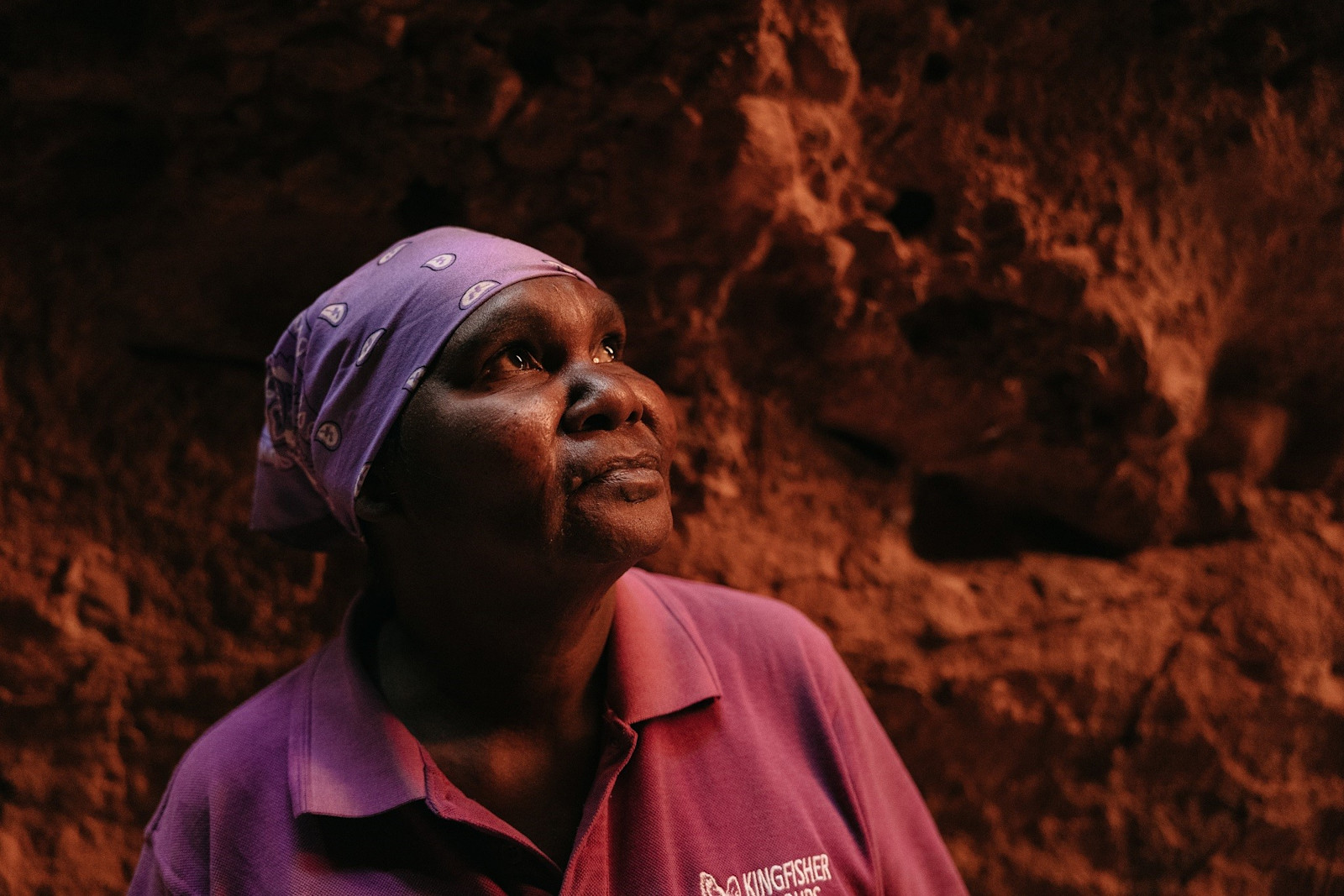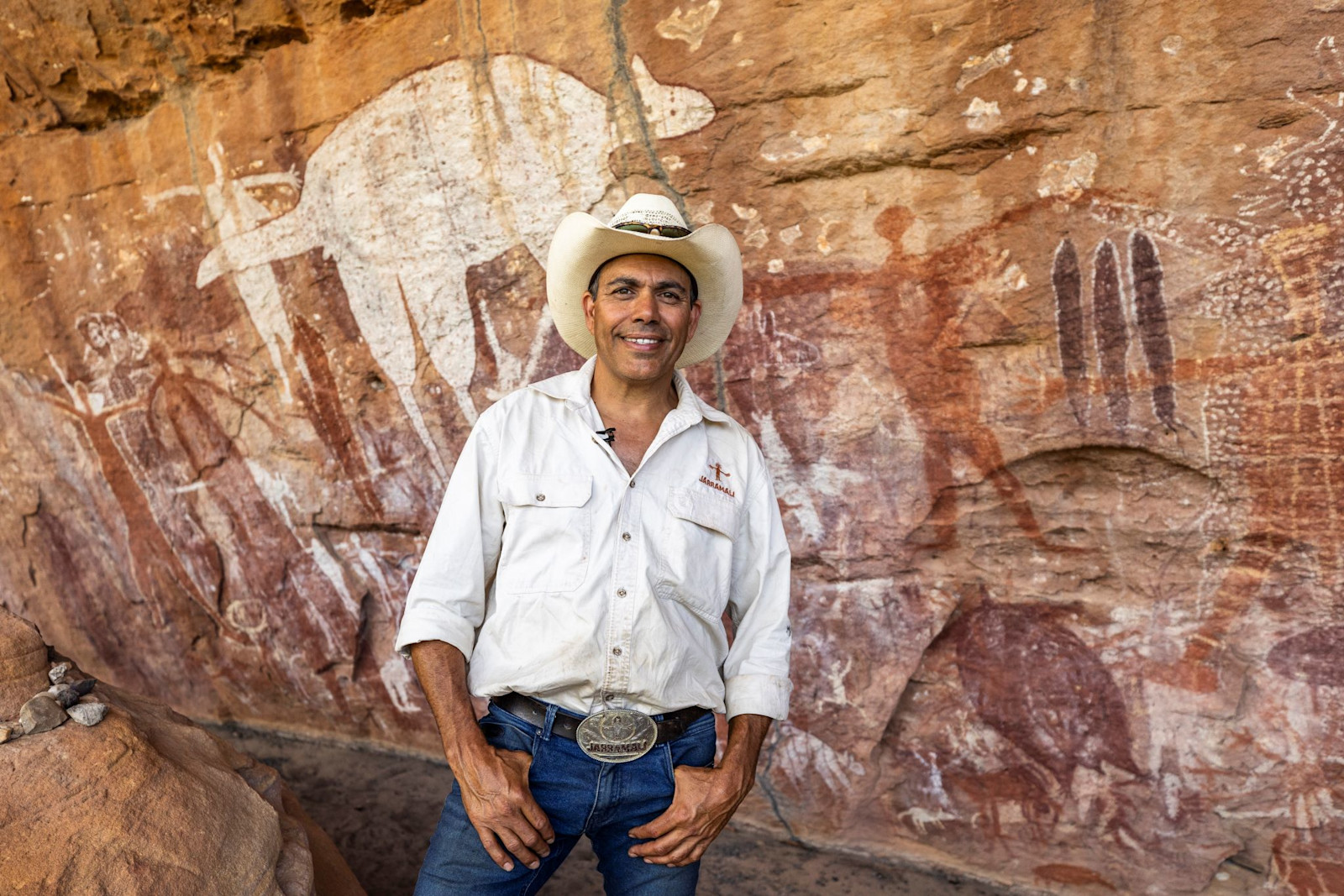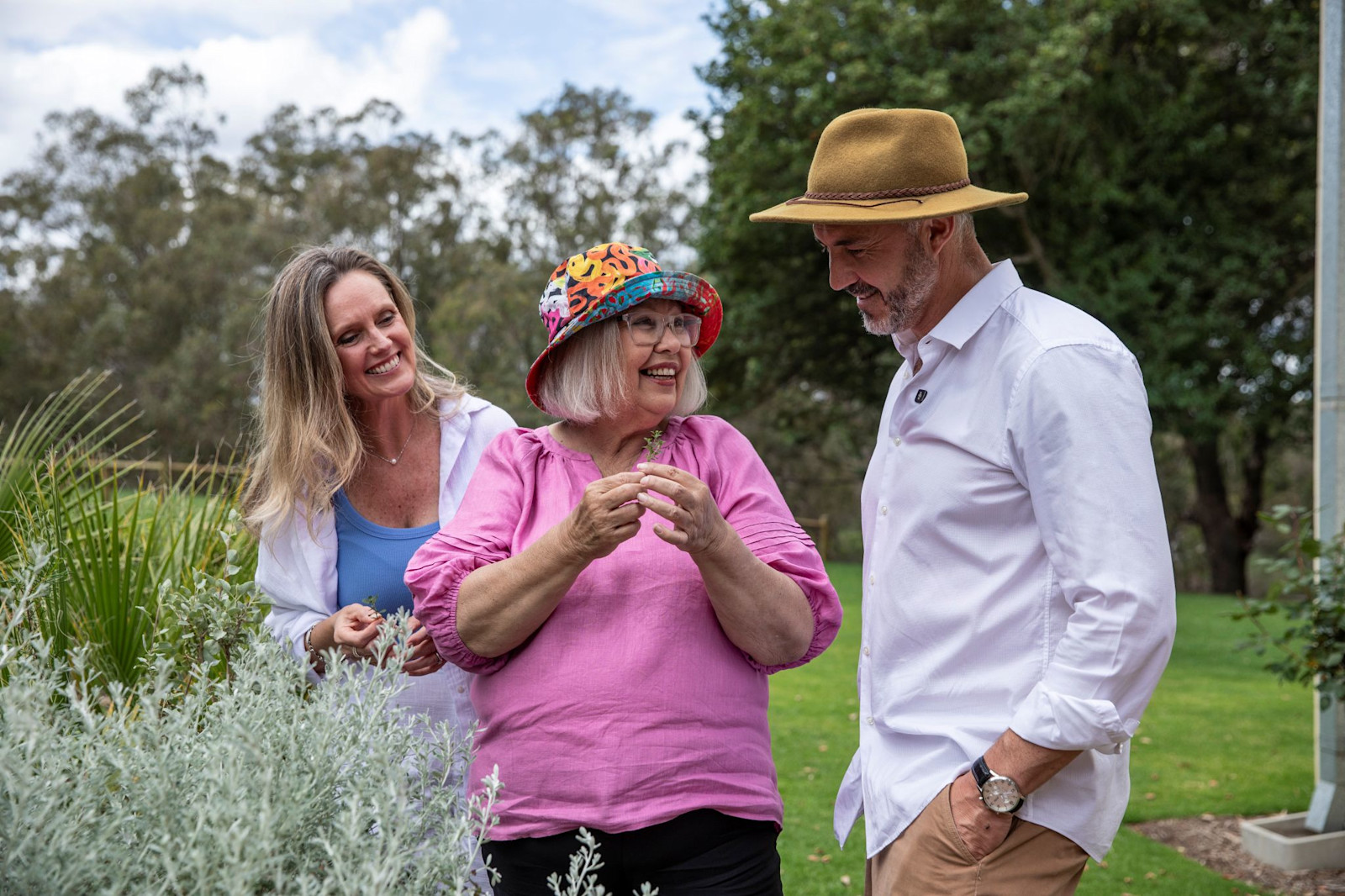Guide to the barramundi in Aboriginal cultures
Barramundi, prized by anglers and chefs alike, is a popular Aussie fish with cultural significance to northern Aboriginal peoples.

Fishing with Aboriginal guide on an experience with Davidson's Arnhemland Safaris, Arnhem Land, Northern Territory © Tourism Australia
Prized by anglers for its fighting ability, barramundi is one of Australia’s most sought-after recreational fish. Delicious and well suited to a range of cooking methods, it’s also an Australian menu staple. But barramundi has deeper significance to Aboriginal peoples in northern Australia.
What is barramundi?
Affectionately known in Australia as ‘barra’, barramundi is a catadromous fish (meaning they breed in marine waters but spend most of their life in freshwater) found in the coastal waters of northern Australia. The mild tasting, white-fleshed fish is known to grow to a large size, with some recorded over 45 kilograms and 150 centimetres long.
Is barramundi an Aboriginal word?
Barramundi is thought to be an Aboriginal word meaning ‘large scale river fish’ in the language of the Darumbal people, the Traditional Custodians of the Rockhampton and Capricorn Coast areas of central Queensland. Barramundi is known by different names in other Aboriginal languages. In the Northern Territory, the Bininj people of West Arnhem Land know barramundi as namarnkol. For generations, they’ve used djalakirradj (three-pronged fish spears) to catch it.

Venture North Safaris, Arnhem Land, Northern Territory © Tourism Australia
Why is barramundi significant in Aboriginal cultures?
Nutrient-rich barramundi has been an important food source for the Aboriginal peoples of northern Australia for millennia. For many Aboriginal groups in the region, barramundi is also a sacred animal connected to Dreaming sites and stories.
Barramundi is commonly depicted in Aboriginal artwork in the Top End of the Northern Territory. Embark on a 4WD adventure to Arnhem Land with Venture North Safaris and admire modern Aboriginal artworks featuring barramundi at the Injalak Arts Centre in Gunbalanya. Learn about the stories embedded in the artworks, then look for ancient versions on an Aboriginal guided tour of the nearby Injalak Hill rock art galleries, where you’ll see barramundi painted in the distinctive x-ray style.
Or sign up for an Arnhem Land safari with Davidson’s Arnhemland Safaris, which operates an eco-lodge at Mount Borradaile. The adjacent escarpment hides mesmerising Aboriginal rock art – including barramundi paintings – in habitation caves and shelters used by its Amurdak Traditional Custodians for at least 50,000 years.
Kakadu National Park is another great place to see barramundi rock art at sites including the magnificent galleries of Ubirr visited by Kakadu Cultural Tours and Venture North Safaris.

Rock art, Venture North Safaris, Arnhem Land, Northern Territory © Tourism Australia
Barramundi is also important to Aboriginal cultures in Western Australia’s Kimberley region. See it featured in artworks at Waringarri Aboriginal Arts in Kununurra, where barramundi is known as jaliwang in the local Miriwoong language.
Where can I eat barramundi?
Barramundi is commonly found on menus across Australia. Sign up for a fishing tour with Kakadu Tourism and try your luck at hooking your own fresh barramundi meal.












